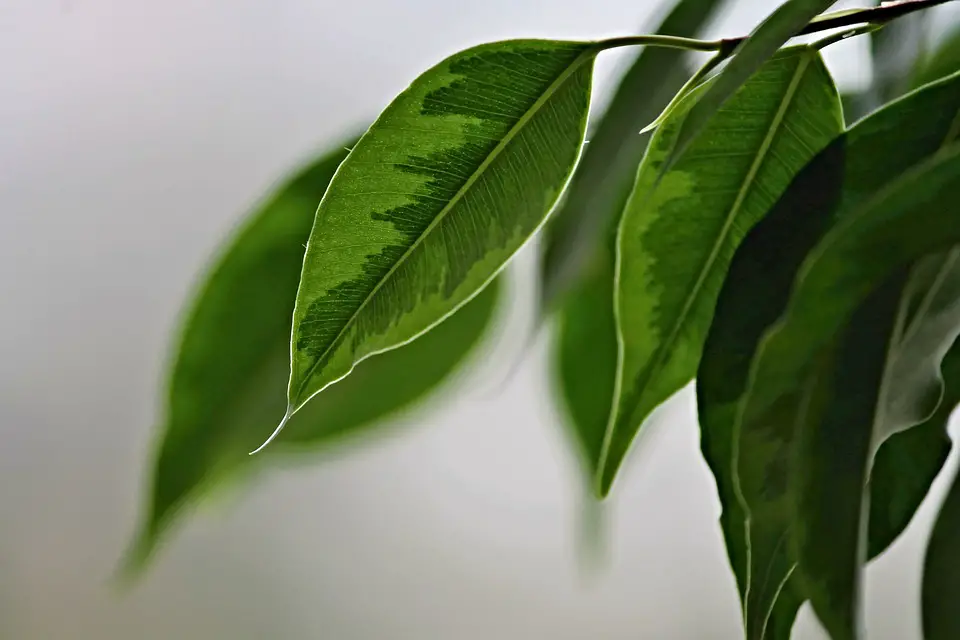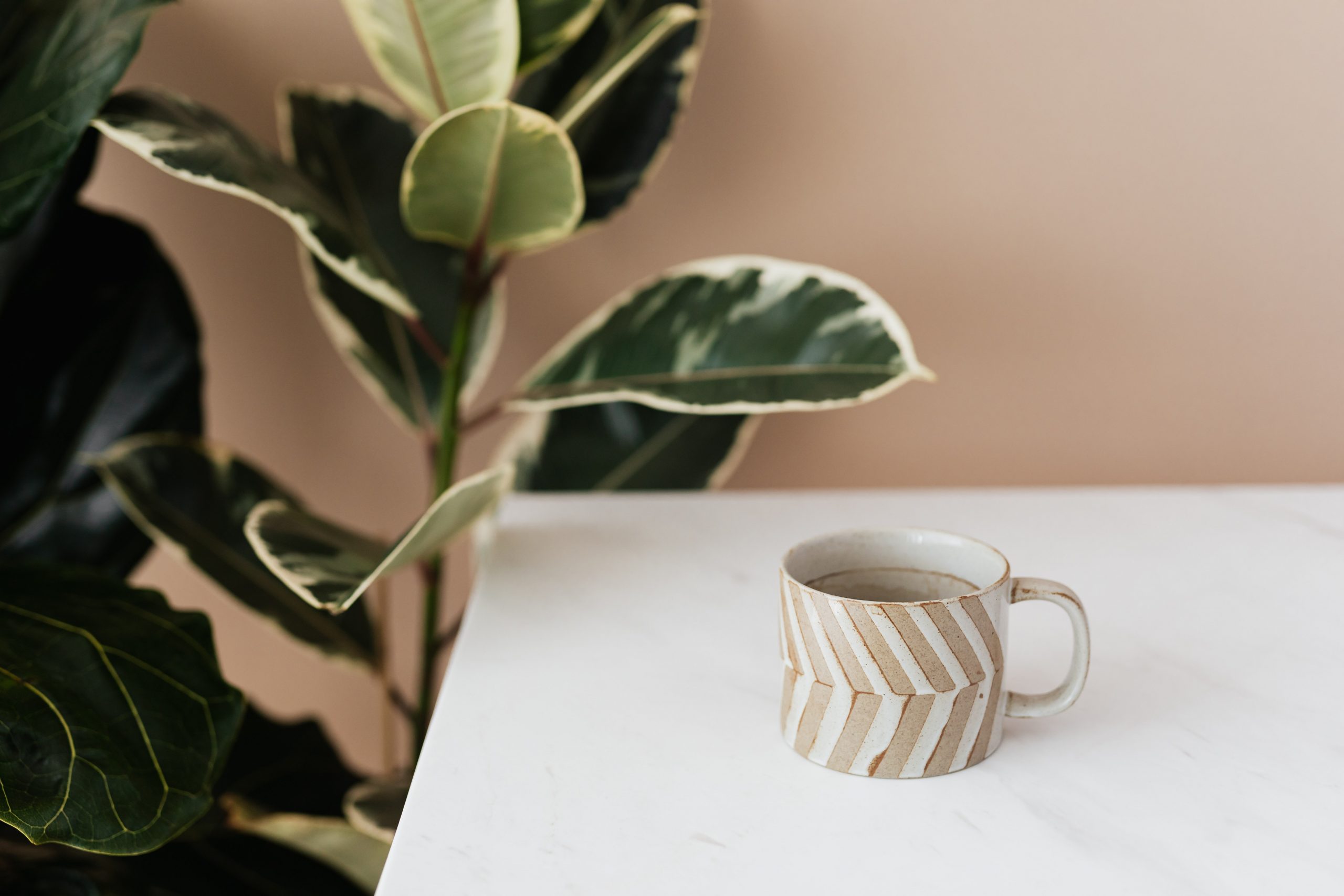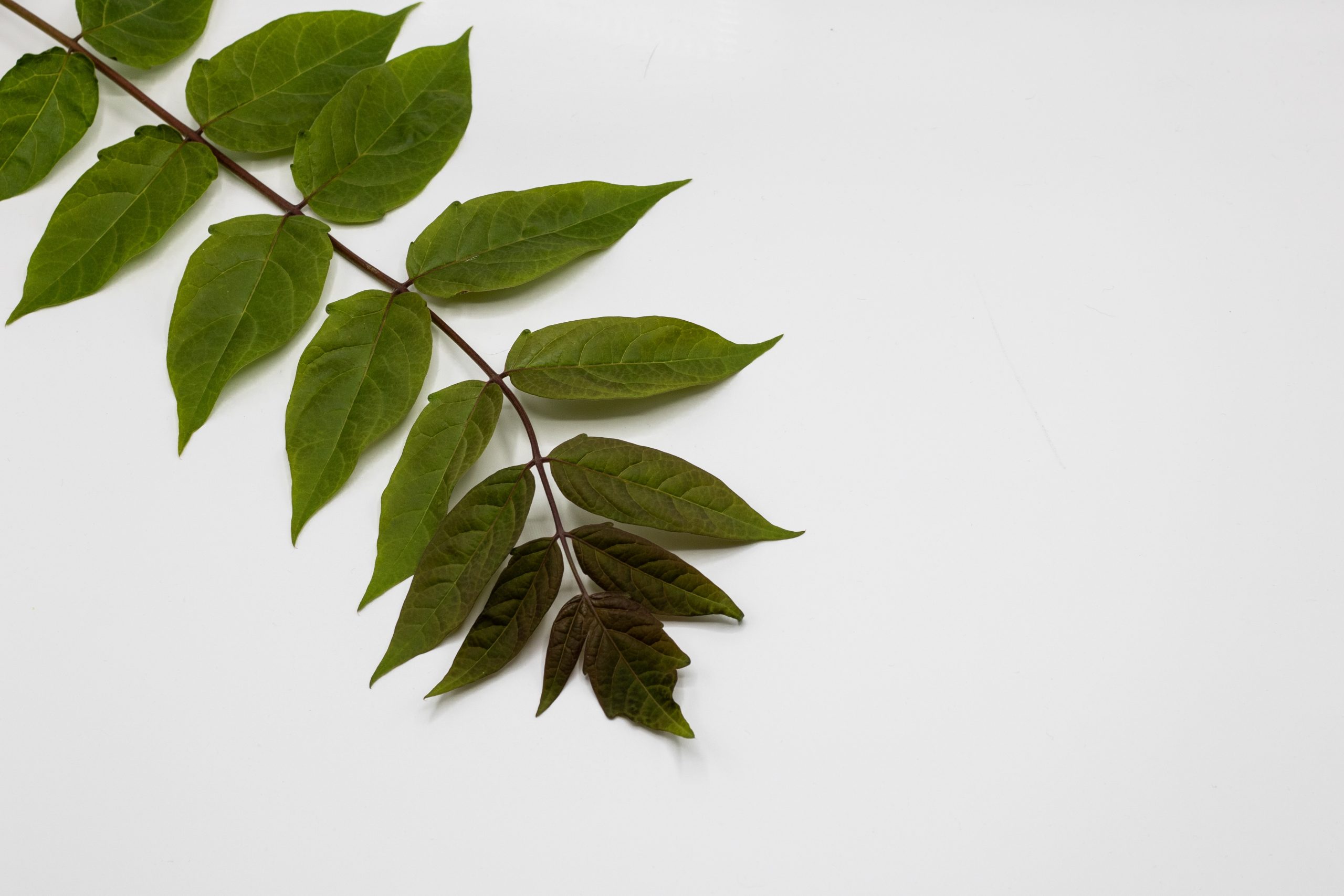Ficus benjamina is a stunning houseplant that deserves your full attention. Also called weeping fig, this evergreen shrub is highly valued for its decorative appearance. This popular plant is very often found in our homes because it is known for its ease of maintenance and for its elegance. In this article, we will reveal everything you need to know about the ficus benjamina, its characteristics and the daily care to be taken. Also discover our recommendations in terms of equipment. With the help of our advice, you can optimally maintain your ficus benjamina.
What are the characteristics of ficus benjamina?
Native to Asia and Oceania, the ficus benjamina is a decorative shrub of the Moraceae family. In its natural environment, it can reach a height of 20 meters. Obviously, once grown indoors, this height is greatly reduced. Generally, in our habitats, the ficus benjamina does not make more than 3 meters in height. With the right size, it will even be much smaller.
If originally it grows in tropical environments, the ficus benjamina has adapted perfectly to our climate. It is a particularly robust plant, able to withstand very different environments. By taking care of it, you will therefore have no problem maintaining the ficus benjamina in good health. In the house, it develops a simple and lignified trunk which carries a very branched branch. Its branches are quite thin and they bend under the weight of its rather dense foliage. The leaves are oval, bright green when the plant is young and dark green afterwards. It is usually thanks to these very characteristic leaves that we recognize the ficus benjamina.
The flowers develop inside fruits which are none other than figs. However, inside the house, these figs do not come to fruition. The weeping fig tree exists in many forms: variegated or green, with wavy or flat leaves, with more or less large leaves ...
Watering the ficus benjamina
Regarding the watering of the plant, one thing is absolutely to remember: it is essential to let the soil dry well between two waterings. In winter, remember to reduce it because the plant's water needs are much less important. If the plant receives large amounts of water, its leaves may eventually turn yellow. This then indicates that the roots are probably bathing in water. In summer, when it is warmer, the ficus benjamina will need more water. At this time of year, you can take the opportunity to add liquid green plant fertilizer to the irrigation water.
Here are the fertilizers we recommend for ficus benjamina:
A specific formula adapted to indoor plants. Its formula is rich in amino acids and nutrients essential for the growth of ficus benjamina.
For green leaves, stable branches and balanced rooting. Very easy to use, its dosage is done using the cap.
A balanced composition of phosphorus, nitrogen and potassium. This solution provides essential nutrients for the development of ficus benjamina.
See all Ficus Benjamin Fertilizers on Amazon
What substrate for ficus benjamina?
Planting and repotting ficus benjamina are essential steps to ensure good recovery and good growth of the plant. Like any plant, the ficus benjamina needs a good substrate to develop properly.
To facilitate drainage, you can place at the bottom of the pot a bed of gravel, small pebbles or clay balls. With such a device, you will prevent the roots of the ficus from bathing in water. You can repot your ficus benjamina every 2 to 3 years and do regular surfacing. You will then have to scrape the surface soil until you reach the first roots. Then you can replace it with the new special green plant soil.
Here are the substrates we recommend for optimal growth of ficus benjamina:
This potting soil is twice as light as other equivalent substrates. Thus, it is much easier to transport. Made in France, it can be used in organic farming.
A complete and balanced ready-to-use soil that promotes plant growth.
Arranged as a base layer in the pot of your ficus benjamina, these clay balls promote good drainage. Thus, the roots of the plant benefit from a good level of humidity to develop properly.
See all green plant potting soil available on Amazon
How to properly cut the ficus benjamina?
The cuttings make it possible to obtain several feet of ficus benjamina very easily. Once taken, the cuttings should be placed in very small pots, in a sandy soil. So that the cuttings can give new plants, they must be placed under shelter of glass or plastic, at a temperature of about 21 ° C. Gradually, you can then remove the shelter.
To carry out this multiplication correctly, you need to take a branch of about 15 cm without any leaves. Once the sap has completely drained, you can then rinse the branch with water before planting it in suitable potting soil.
Here are the potting mixes that we recommend for the cuttings of ficus benjamina:
An organic fertilization rich in nutrients and minerals. Soil composed of peat and coconut fibers.
Composed of sand and perlite, it contains a fertilizer that stimulates the growth of ficus benjamina. It should be used in boxes or small pots.
Its fine and airy structure greatly improves drainage. It contains a balanced proportion of coconut and peat fibers, ideal for delicate cutting operations.
See all Ficus benjamina cuttings on Amazon
Tools for pruning ficus benjamina
Contrary to some popular belief, the ficus benjamina supports pruning very well. If it becomes too intrusive in your interior, you can easily proceed to size it to make it less imposing. You can prune the plant once a year, at any time of the year. With the help of a secateurs, you will have to carry out a light size, which will allow to favor a more beautiful and denser foliage.
Preferably, the size should be done on the outside. The drops of sap are indeed numerous and particularly sticky. You have to be very careful because this sap is toxic and it can therefore cause allergic reactions. Using your secateurs, you must start at the bottom of the plant and let the sap flow. Little by little, you will go up to the top while pruning the plant to give it the desired shape. Before putting your ficus benjamina back in its usual place, wait until the sap has finished flowing.
Here are the secateurs that we recommend for precise pruning of the ficus benjamina:
Stainless steel blades for maximum precision. Ergonomic, this secateurs can be used by right-handers but also by left-handers.
Ergonomic aluminum handles as well as a rubber coating for a comfortable grip of the tool.
Perfectly sharp stainless steel blades.
See all pruning shears available on Amazon
How to fight against ficus benjamina parasites?
Mites can infest your ficus benjamina. However, it should be noted that they are generally not resistant to water spraying carried out regularly on the plant. So do not hesitate to bring a fogger that you can use regularly.
Also be careful with the attack of mealybugs. It is indeed not uncommon for them to infest the plant if we are not careful. Fortunately, it is easy to remove them by simply passing a cotton ball soaked in a mixture of water, black soap and methylated spirits over the stems. If possible, try to deal with the pest attack as soon as possible. The insects will thus be much less difficult to eradicate.
Here are the products that we recommend to fight against the parasites of the ficus benjamina:
An environmentally friendly and economical product.
Its pretty leaves and superb shape make ficus benjamina one of the most popular houseplants. By giving it the necessary care and using the right tools, the plant will remain strong and well supplied throughout the year. An adapted culture indoors guarantees it many years by your side. Remember that once in place, ficus benjamina is relatively easy to care for. By using the equipment we recommend, this interview will be even easier. It's your turn !




